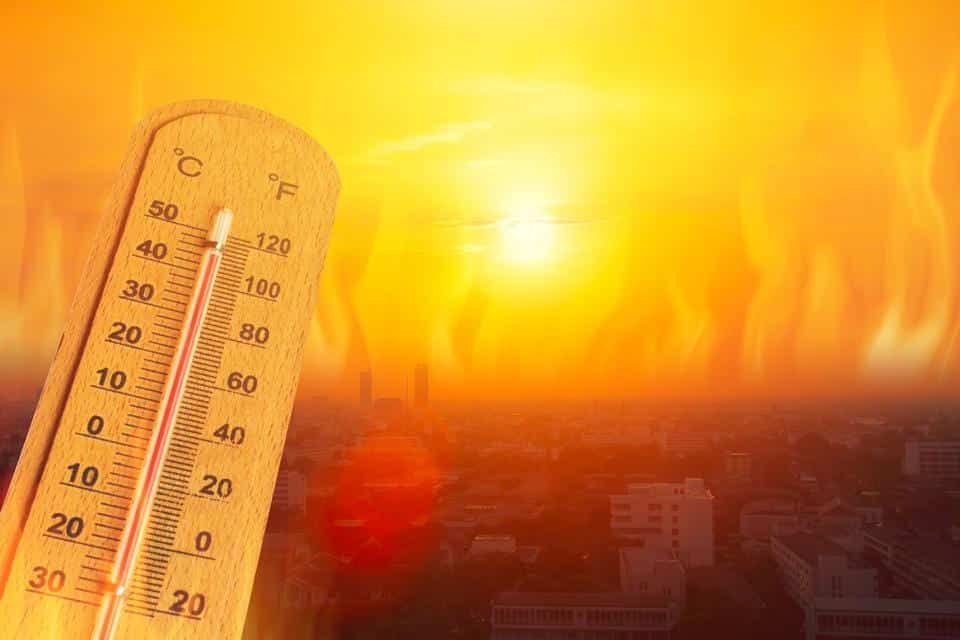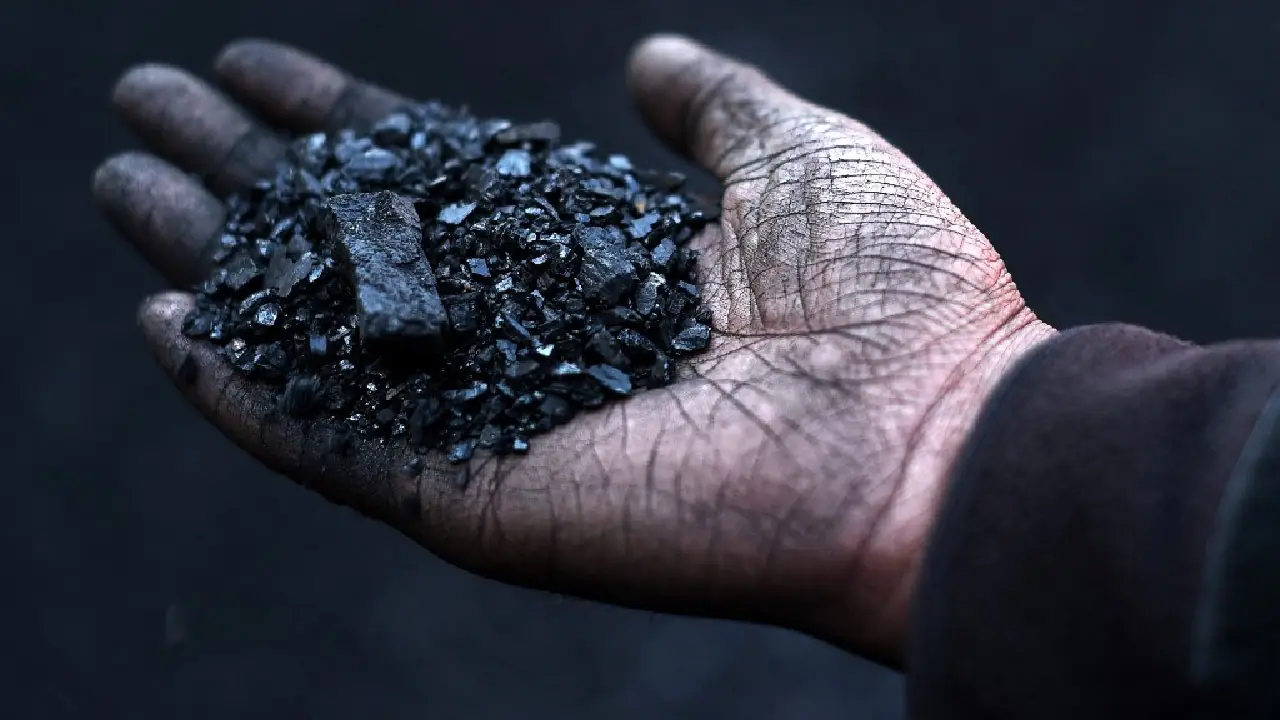In the initial months of Summer this year, India and its neighbours are suffering from a persistent heatwave. An instant impact of climate change is the hours-long power outages in various states across India. It is caused by an insufficient supply of coal to the state, non-payment of dues for coal, and an increase in the electricity demand.
Why are Power Plants not able to produce sufficient electricity to meet the rising demands?

India is again facing power outages where there is an increased demand for electricity to survive the extreme summer Heat Waves in India. Another aspect is that the Indian government permitted the power plants working on imported coal to operate on domestic coal from last year’s monsoon till now. So, domestic coal has been consumed a lot. As a result, the government has to take improvement measures now. A part of the improvement measures is the meeting of Union power minister R.K Singh. He asked the Ministers to make the import-based power plants work in complete capacity to meet the rising demand for coal in India.
Now, the government has decided that the power plants will use imported coal and the higher charges incurred in it will be transferred to the consumers. The regulatory commission will take these charges. Also, it means that projects based on imported coal in India will not face any problems. But, another issue is the lack of wagons in the railways that will carry coal to the Power plants across the country.
What is the role of Heat Waves in the situation?

The coal shortage after the monsoon season in India is normal. But the heatwave has added to the situation. Delhi recorded the highest temperatures of 42.6°c this April breaking previous records. Even the temperature in Churu Rajasthan has crossed 50°c. That is unprecedented. These high temperatures have made an increased electricity demand and the need for coal has increased to meet the high consumption rate.
But, another problem that is likely to arrive is the shortage of water to produce energy in summer with the chances of drought. So, even after having coal, the electricity can’t be produced with low water levels. This situation has made it important to learn and switch towards renewable sources of energy to deal with the climate change situation. Because the heatwave can be followed by floods and cyclones like the ones that we experienced last year.
Why is Coal not dependable for power production In India?

Coal is a nonrenewable source of energy. Even an hour of a power cut is a big problem to people, but there is more to it. It is high time to decrease the use of coal and gradually eliminate it in the power sector. It is because cutting forests for coal is contributing more to climate change. The government needs to prepare a long term plan and work towards switching to renewable sources of energy for the future. The shortage of coal can happen anytime and just improving transport or getting more coal is not enough. India needs to seriously consider wind and solar capacity for tackling climate change and negating the chances for future crises.
Pending dues
The companies producing electricity from coal are facing another problem with the non-payment of dues. For instance, the top producer of the fuel in the world that produces 80% of India’s domestically mined coal, State-run Coal India Ltd (CIL) has a long list of non-payment of dues. It owes Rs 12,300 crore yet produces and sells coal. Even the power generators have to deal with outstanding dues in crores that have caused them grave losses. To meet the outstanding dues, the state government can either absorb the cost burden with an increase in coal generation from imported coal or make tariff hikes limited or offtake power.
There can be a load shedding with the purposive shot down of electric power in some specific areas of the power distribution system, to avoid the failure of the whole system during the rise in demand that puts the burden on the whole system. As per a report by CEA, the majority of the coal-fuelled units produce 25% less power than their capacity posing another problem.
Will the power cut continue in future?
As of now, there are long power cuts in Uttar Pradesh, Punjab, Maharashtra, Haryana, Tamil Nadu, and Andhra Pradesh. Also, 12 states are experiencing power shortages and Gujarat has ordered the industries to be closed once a week to make up for its 500 MW shortage. Maharashtra has had a shortage of 3,000 MW on average for the last 2-3 weeks. Andhra Pradesh has the most severe situation.
It means that there will be more power outages in future because the available coal cannot fulfil the rising demand. Also, the production areas will get less coal which will impact their output and in the following weeks, the increasing severe heat waves can also lead to heatwave-related diseases.
The solution
It is the beginning of the summer months and the non-payment of dues, and less coal production and supply will make the situation worse. The coal shortage can be temporary. However, the heatwaves are here to stay till the monsoons arrive. If we want to build a sustainable nation, we need to turn heads towards renewable sources of energy. People can have a small solution by having at least one solar power plant in their homes that will reduce demand to a higher level. It is important to plant more and more trees, prevent deforestation, save water and decrease pollution levels to negate the problem of climate change.
Also, Checkout: The Changing International Partnerships of India Amid the Ukraine-Russia War












